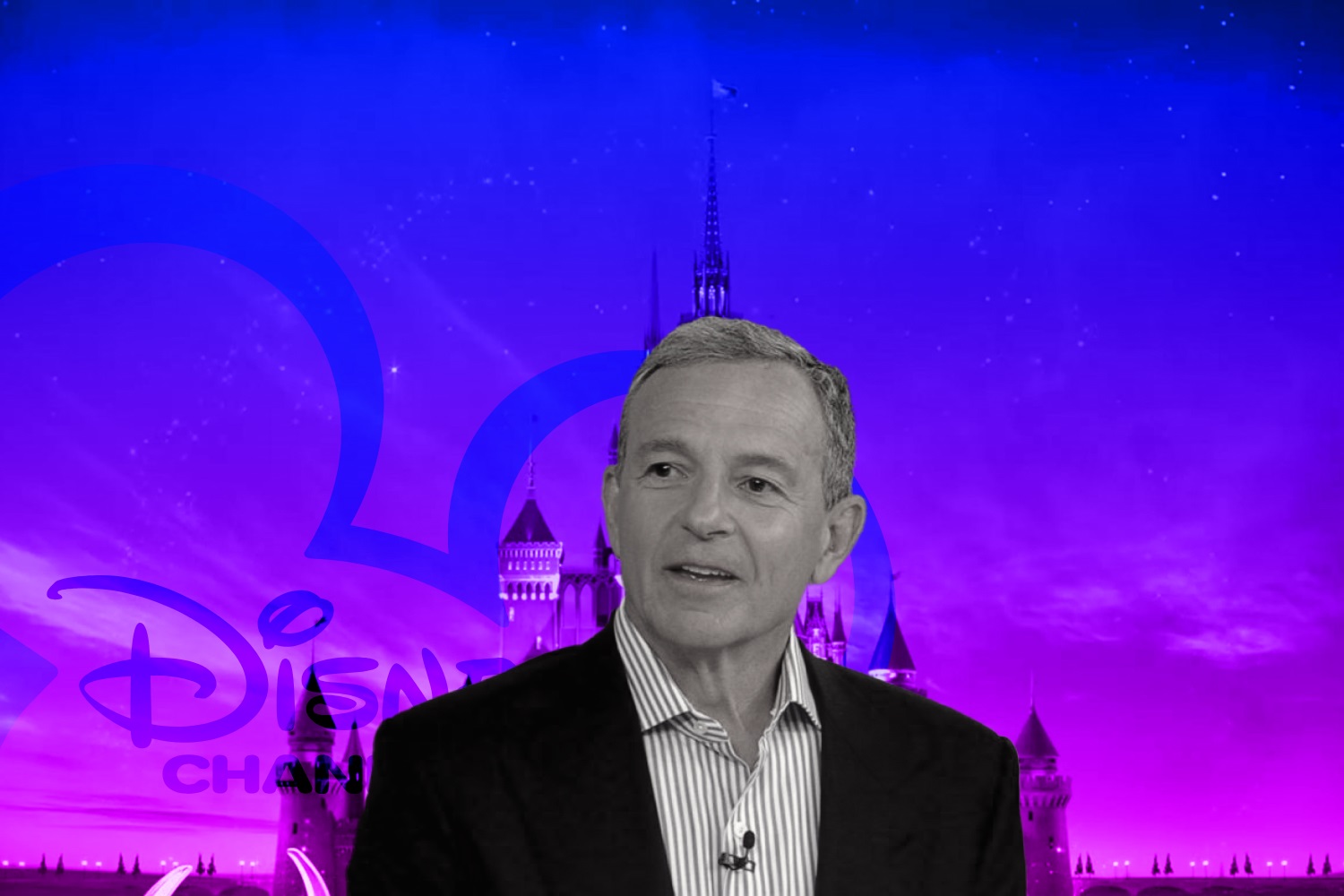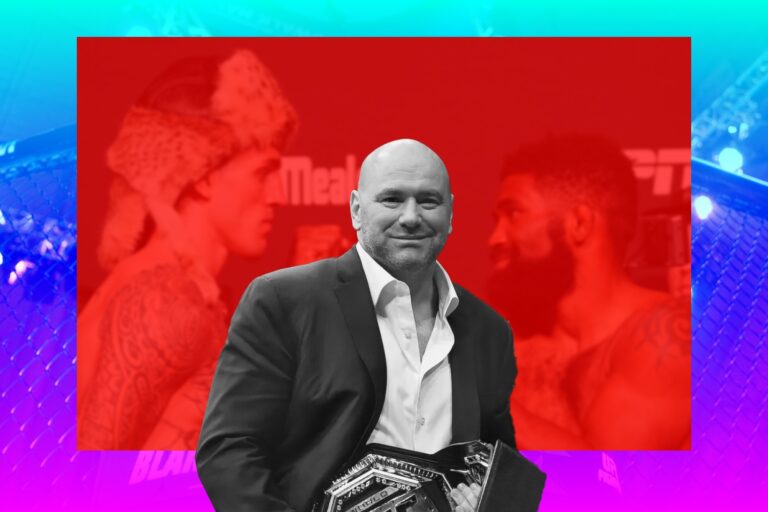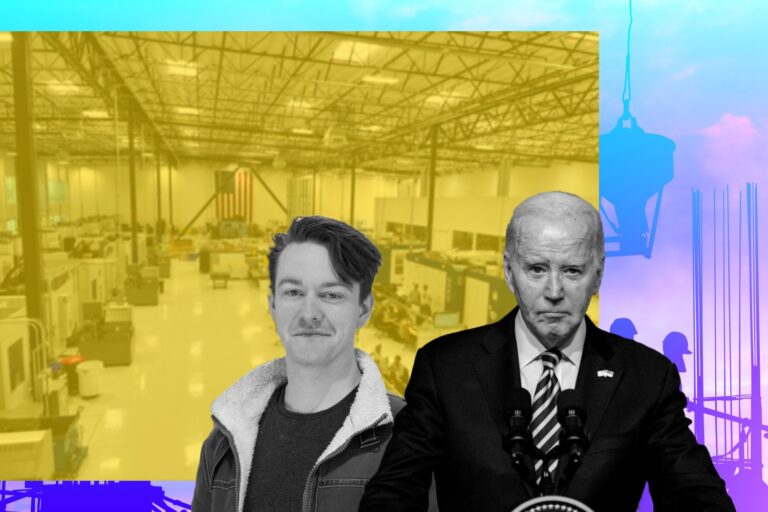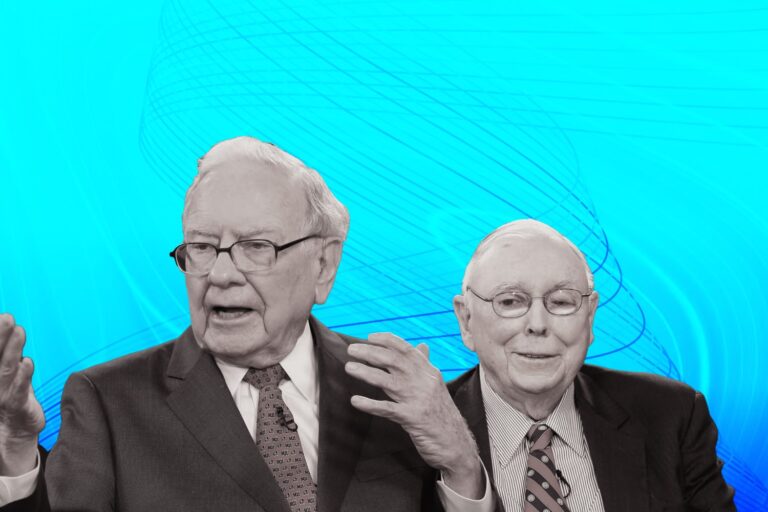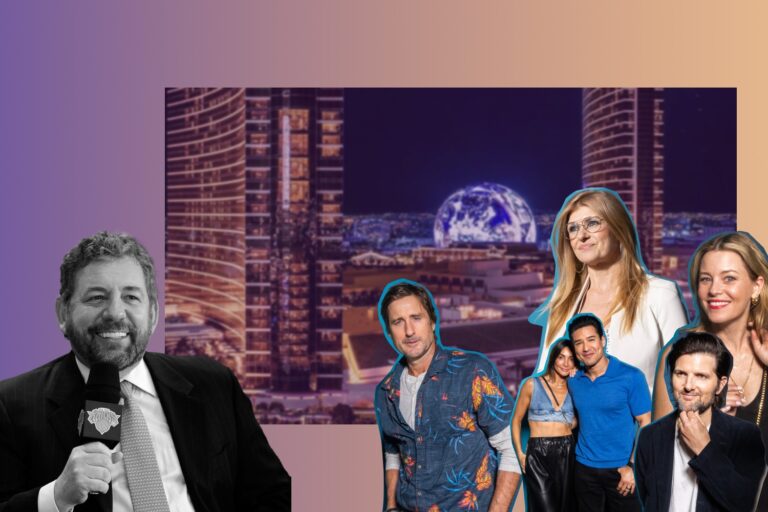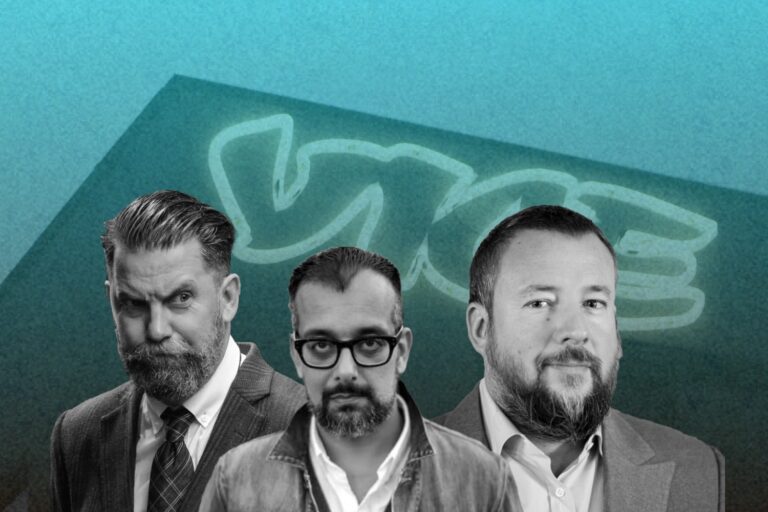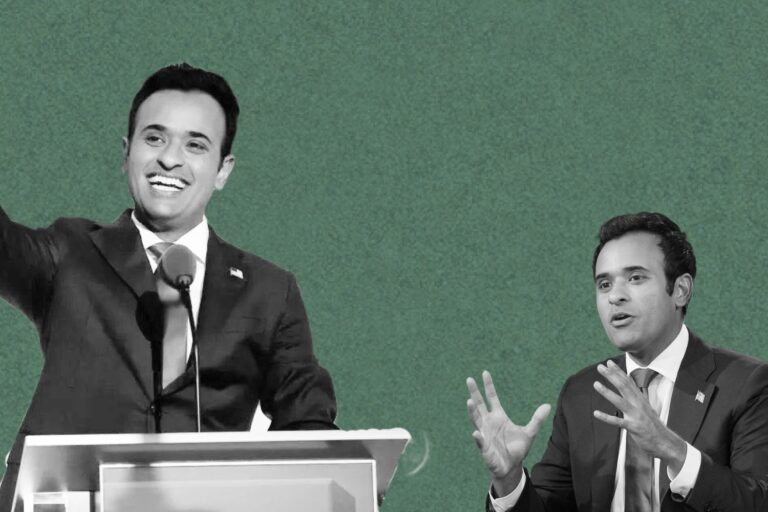Beyond Mickey Ears: Disney Channel’s Rich Tapestry of Diversity
Remember the excitement that surged through you when the Disney Channel Original Movies flickered to life on your television screen?
For many, those fleeting moments before the movie started marked an era of shared experiences and cherished memories.
The Disney Channel: From Inception to Early Triumphs
In 1977 and 1978, Jim Jimirro, an executive at Walt Disney Productions, proposed the idea of a cable television network showcasing Disney’s television and film content. At that time, the company was heavily focused on developing the Epcot Center at Walt Disney World, and the proposal was declined by Disney chairman Card Walker.
Instead, Disney entered into a deal with HBO to broadcast a selection of Disney films, cartoons, and specials, including a live production of Snow White and the Seven Dwarfs at Radio City Music Hall.
However, in November 1981, Disney revisited the concept and formed a partnership with the satellite unit of Group W. This move came after Group W had sold its 50% ownership stake in Showtime, one of Disney Channel’s early competitors, to Viacom.
The intended joint venture faced a setback in September 1982 when Group W withdrew due to disagreements over creative control and financial obligations, requiring them to cover 50% of the channel’s startup costs.
Despite the departure of Group W, Walt Disney Productions continued to develop The Disney Channel independently. Alan Wagner, the channel’s first president, took the lead in overseeing its development.
In early 1983, Walt Disney Productions officially announced the launch of The Disney Channel. The company invested $11 million in securing space on two transponders of the Hughes Communications satellite Galaxy 1 and allocated $20 million for programming acquisition and development.
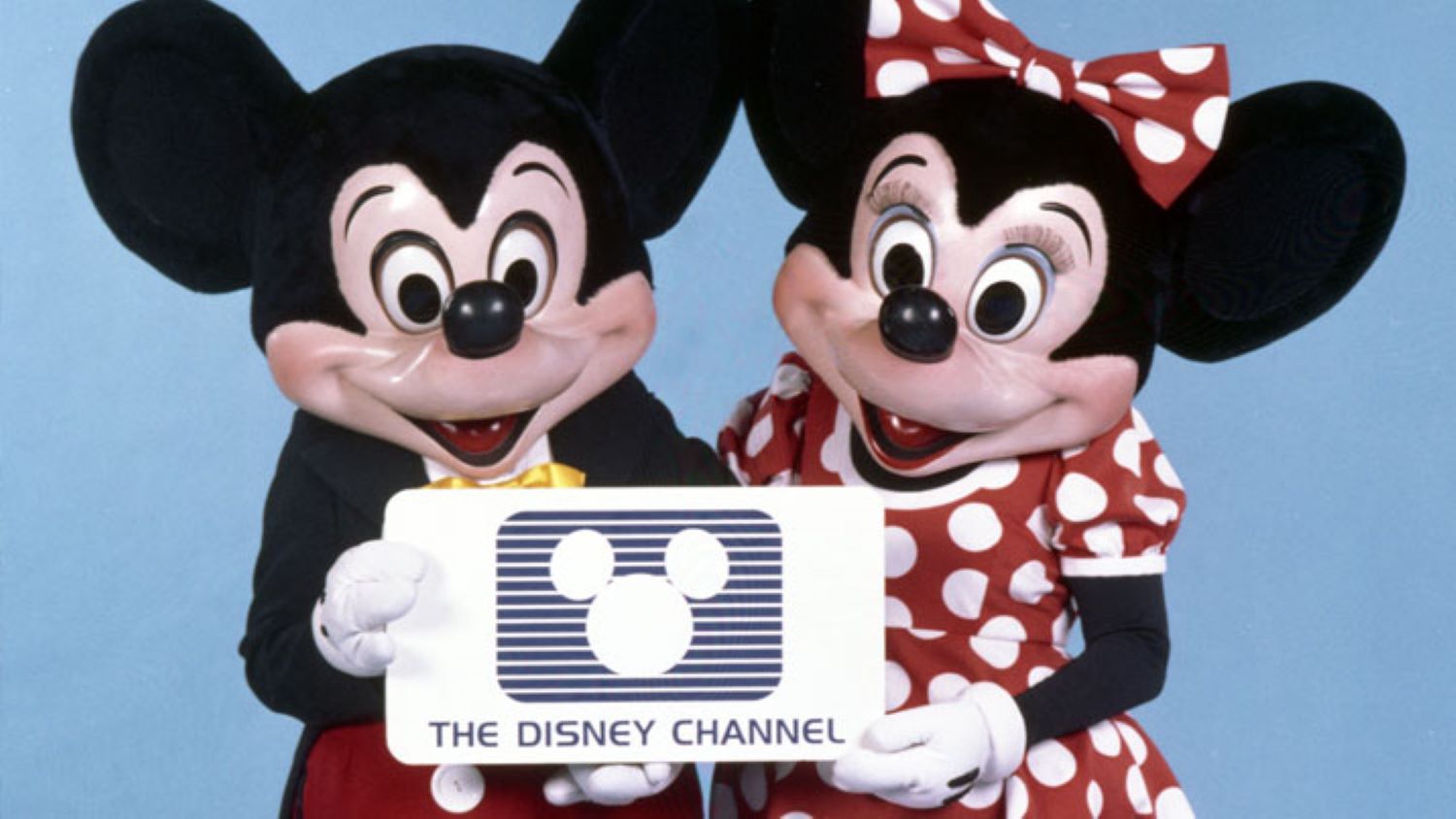
The channel’s inaugural program, “Good Morning, Mickey!” marked not only its first original series but also the beginning of a legacy showcasing Disney animated shorts
During its initial phase, The Disney Channel aired programming for sixteen hours daily, from 7:00 a.m. to 11:00 p.m. Eastern and Pacific Time, distinguishing itself from competitors like HBO, Cinemax, Showtime, The Movie Channel, and Spotlight, which operated on 24-hour schedules.
By the fall of 1983, the channel had garnered over 532,000 subscribers, a number that swelled to 611,000 by December of the same year, underscoring its swift and widespread acceptance.
As a premium channel, The Disney Channel regularly ran free previews, providing audiences with a taste of its offerings. These previews, spanning five days to one week four times annually, along with periodic weekend-only previews, showcased the channel’s commitment to reaching new viewers.
In a strategic move, The Disney Channel entered into a partnership with Walt Disney Telecommunications and Non-Theatrical Company in 1984. This collaboration aimed to produce foreign versions of the channel on videocassette, offering international audiences a glimpse of its captivating content.
By January 1985, The Disney Channel celebrated a significant milestone, reaching 1.75 million subscribers, marking a moment of profitability that highlighted its growing impact on the entertainment landscape.
The programming catered to a broad spectrum, offering content for young children, teenagers, and adults alike. The eclectic range included shows like “Welcome to Pooh Corner” for the younger audience and “Epcot Magazine” designed for the older demographic.
Interestingly, Disney Channel also secured exclusive pay television rights to 12 Charlie Chaplin films shortly after its launch.
The channel’s appeal extended beyond households with young children, as revealed by an independent survey, indicating that one in five Disney Channel subscribers did not even have children under the age of 13.
Global Expansion and Digital Innovation Under Anne Sweeney
The winds of change swept through Disney Channel in the next era, with Anne Sweeney at the helm.
Sweeney joined Disney in 1996 as president of Disney Channel and executive vice president of Disney/ABC Cable Networks. The Disney/ABC Cable Networks encompass a range of channels under the Disney umbrella, contributing to the broader landscape of cable television with diverse programming across various genres.
Previously, she was chairman and CEO of FX Networks. She also spent 12 years at Nickelodeon/Nick at Nite in various executive positions.
Sweeney played a pivotal role in steering the channel toward new horizons. One of the most noticeable shifts during this era was the rebranding of the channel itself, as it transitioned from “The Disney Channel” to the sleeker and more contemporary “Disney Channel.”
Over her tenure, Sweeney grew the Disney Channels Worldwide business into a global brand comprised of 107 entertainment channels and built ABC Family into a top cable network in the US.
She was instrumental in leading Disney into the digital age and has played a major role in the growth of Disney’s WATCH apps, which to date have been downloaded more than 20 million times.
Anne Sweeney’s leadership style is characterized by a strategic approach to risk-taking, a relentless focus on consumers, and a commitment to staying ahead of technological trends.
“You have to understand your content, your organization and your goals, and know how to evaluate the opportunity quickly.”, she said.
Sweeney believes in calculated risk-taking. The decision-making process involves a keen awareness of industry dynamics, exemplified by the strategic move to embrace the video iPod and iTunes store.
The recognition of Apple’s reputation, quality, and marketing prowess played a pivotal role in this calculated risk.
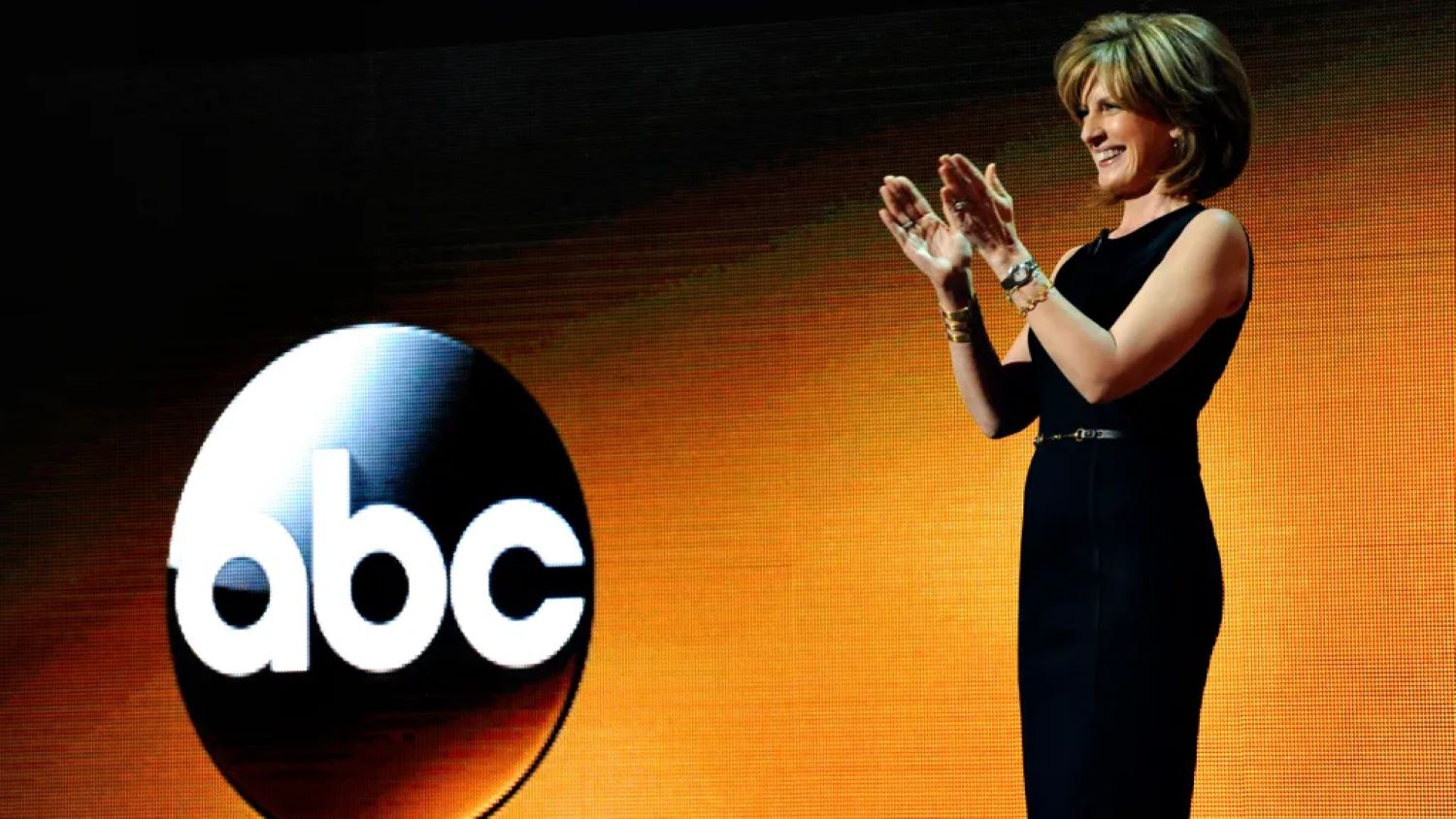
Consumers are at the core of Sweeney’s decision-making process. She advises thorough homework and encourages leaders to anticipate consumer responses when considering risky moves.
“Always make sure the conversation is ongoing,” she said. “It’s never about one focus group or one survey. It’s about being aware of how technology impacts your life and the lives of your family members and friends. Listen and pay attention.”
A team that mirrors her passion and ingenuity is indispensable. She expresses her natural curiosity, stating, “I’m curious by nature,”.
“Hire smart people and let them do their jobs,” she advised. “I know what my strengths are, but no one knows how to do everything.”
She loves her team for their proactive approach, emphasizing that whenever there’s a new technological development, they never hesitate to approach her with statements like ‘Have you seen this? What would you think of us using this technology for this or that?’
Sweeney considers global markets as valuable learning environments, highlighting that in numerous countries where Disney-ABC operates, technology is more advanced than in the United States.
She specifically mentions mobile phones as an area where other countries are ahead, stating, “[Mobile phones] are an area where other countries are far ahead of us.” The team observes consumer behavior closely to discern the most beneficial uses of mobile technology and explore diverse business models.
Sweeney’s unofficial motto, “Create what’s next,” has proven to be successful.
Shifting Focus: A Definitive Turn Towards a Younger Audience
During this era, a visual representation of evolution was the change in the channel’s logo, a design that resonated with many viewers, featuring an old square TV set adorned with Mickey ears on top, displaying the iconic Disney logo on the screen.
Throughout the 1990s, Disney Channel gradually moved away from its premium channel status, making itself more accessible to a broader audience by becoming part of basic cable packages.
By 1997, the channel had transitioned into a basic cable channel, reaching tens of millions of subscribers and setting the stage for significant programming changes.
The programming landscape underwent a substantial reorganization during this era. The introduction of three distinct time slot sections marked a strategic move to cater to diverse age groups. “Playhouse Disney” targeted young children, “Vault Disney” showcased older content for a mature audience, and “Zoog Disney” was dedicated to pre-teens and teenagers.
The unique concept of “Zoog Disney” featured robot-type characters, connecting the on-air experience with the channel’s website. These characters displayed poll results and gaming high scores, providing an interactive and dynamic viewing experience—a distinctive feature of its time.
Notably, the channel’s movie offerings underwent a significant transformation. Previously known as Disney Channel Premiere Films, they adopted a more playful and recognizable identity as Disney Channel Original Movies from 1997 onwards.
The inaugural film, “Under Wraps,” set the stage for a new era of original content. Subsequent hits like the classic “Halloweentown” showcased a blend of creativity and cultural significance.
The switch to basic cable made Disney Channel more accessible to a wider audience, while Sweeney and her management team worked tirelessly to craft a unique identity for the channel.
The era starting around 2002 marked a definitive shift in focus. The channel pivoted away from its longstanding commitment to family programming and embraced a strategy aimed at attracting a younger audience.
Recognizing the popularity of goofy original shows and movies, Disney Channel bid farewell to the Disney Vault block of programming, dedicating that time to the Zoog Disney shows.
Disney Channel’s Hit Shows and Cultural Impact
As Disney Channel surged into the next era, it continued its streak of creating hit shows, with some reaching unprecedented levels of popularity.
An interesting aspect of this era was an unofficial rule that dictated shows would be canceled after 65 episodes. This strategic decision ensured a sufficient number of episodes to rerun daily for three months. As a result, beloved shows like “Even Stevens” and “Lizzie McGuire” concluded their runs after exactly 65 episodes.
However, a few years into this era, Disney Channel deviated from this rule, notably for shows like “That’s So Raven” and “Kim Possible,” signaling a shift in their programming strategy. Subsequently, the channel abandoned this rule altogether, allowing for more flexibility in the production and longevity of its series.
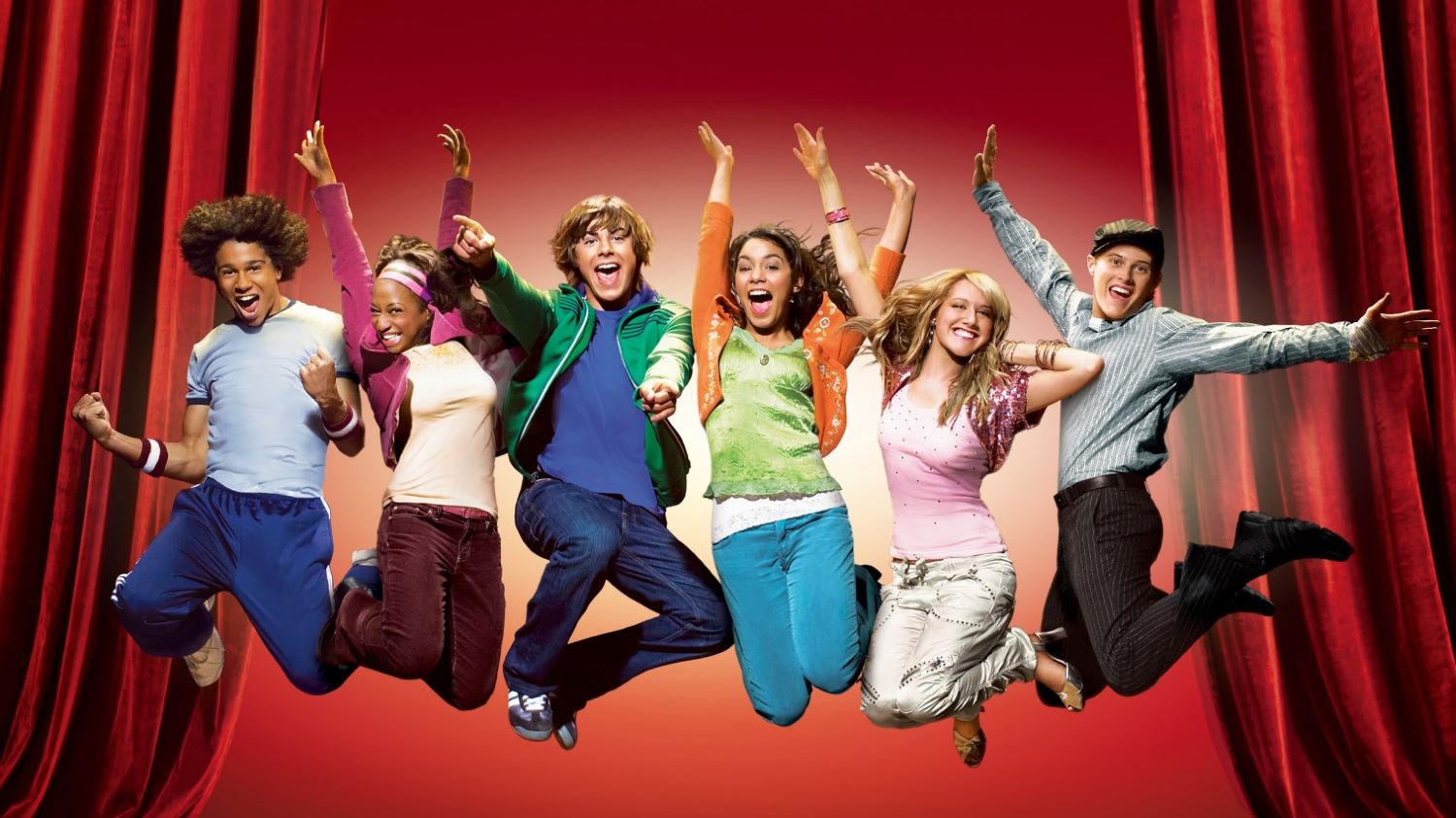
This era was marked by a distinctive emphasis on music, and Disney Channel became a launching pad for aspiring teen pop stars.
One standout success during this period was the release of “High School Musical 2” in 2007. This movie stands as Disney Channel’s most successful film to date, garnering a staggering 17 million viewers during its initial broadcast.
Also in 2007, Disney Channel revamped its programming schedule by incorporating rotating hour-long blocks of original series during daytime hours and moving first-run episodes to primetime on weekends. The channel also made a significant move toward reducing its emphasis on animated series in favor of teen-oriented sitcoms.
This period saw the debut of the highly popular animated series “Phineas and Ferb,” the first original animated series to be broadcast in HD.
The same year witnessed the launch of two notable series: the spin-off “Cory in the House” and the highly successful “Wizards of Waverly Place,” which eventually became Disney Channel’s longest-running original series.
A significant moment in the channel’s visual identity occurred in 2010 when Disney Channel updated its on-air look, introducing a modified version of the 2002 logo. The Mickey Mouse head silhouette was encased in a box resembling a smartphone application icon.
Disney Channel’s partnership with Hallmark Cards to promote greeting cards of its original programming demonstrated the channel’s cultural impact.
The partnership between Disney Channel and Hallmark Cards has been mutually beneficial. Hallmark can use Disney’s popular characters and franchises, while Disney can benefit from Hallmark’s distribution channels.
Hallmark’s ethos is rooted in the conviction that the fusion of creativity and compassion possesses the transformative ability to shape the world.
This foundational belief permeates the company’s robust commitment to corporate social responsibility, encompassing initiatives aimed at enhancing the well-being of the community, fostering environmental stewardship, and prioritizing the welfare of its employees.
Hallmark brings the enchantment of Disney into every home with a delightful array of gifts that celebrate the magic of fun, family, and friendship. This captivating collection seamlessly blends unique designs with iconic editorial content sourced from Walt Disney’s cherished vault of beloved characters.
From framed prints to plaques, photo frames, and mugs, each gift item is adorned with heartwarming quotes either from Walt Disney himself or extracted from memorable Disney movies and characters.
Adding a touch of sophistication to the collection, silhouette figurines offer timeless depictions of classic Disney characters, including the lovable Winnie the Pooh.
The Final Era – Evolution in Leadership and Programming
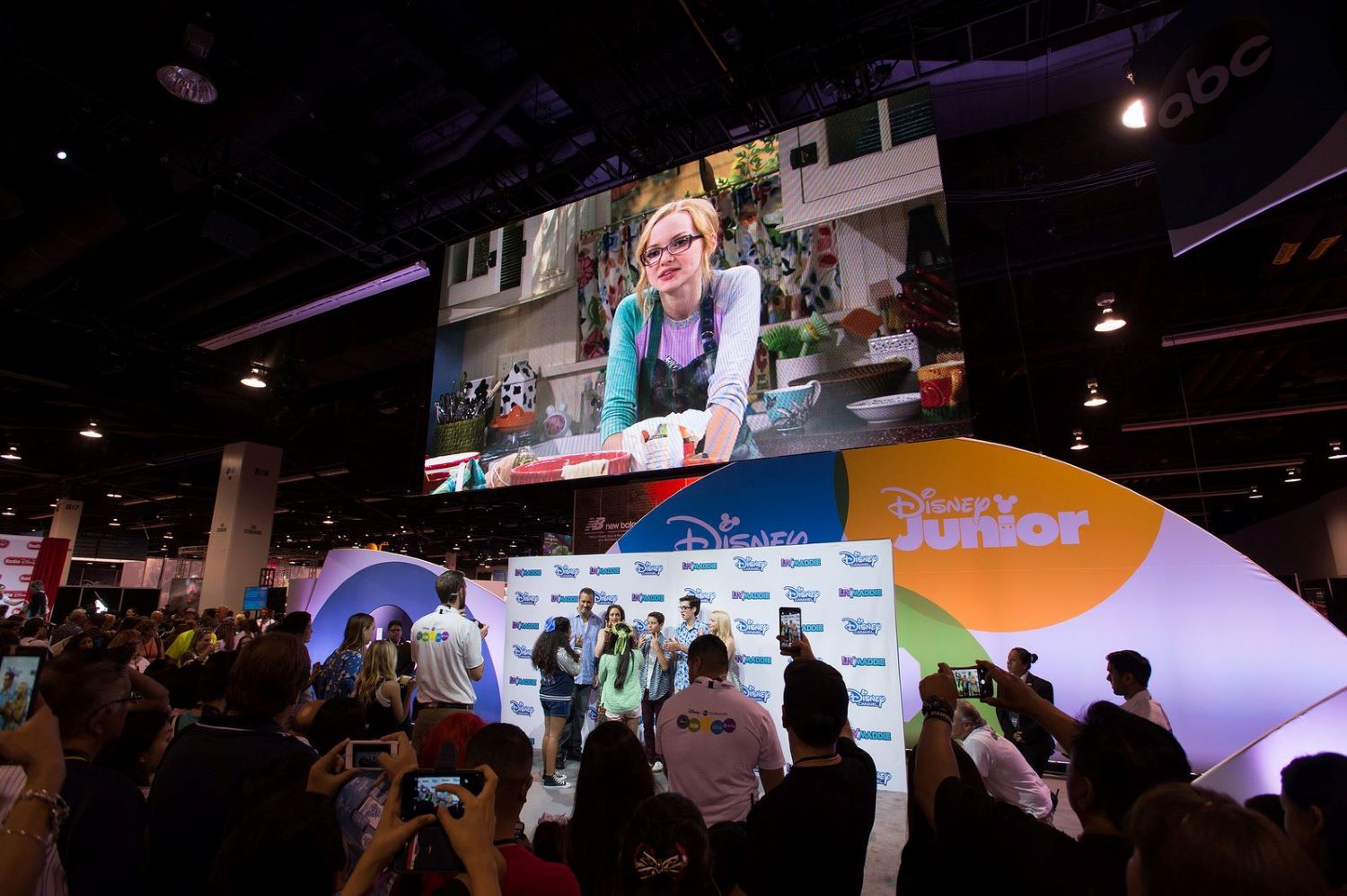
Around 2014, Disney Channel entered a phase of transition characterized by changes to its iconic logo and strategic adaptations in its programming.
The visual identity of the channel underwent a subtle but noteworthy shift, encapsulated by a logo that isolated the familiar Mickey ears element and transformed the dot on the ‘i’ into the iconic Mickey Mouse silhouette.
One significant shift during this time was a strategic move away from animation, with shows like “Gravity Falls” finding a new home on Disney XD.
The decision to transition certain animated content away from the flagship Disney Channel suggested a recalibration of programming strategies.
Notably, the departure of Anne Sweeney, a key figure in the Disney Channel’s leadership, marked a pivotal moment during this transitional era.
After an illustrious 18-year tenure at Disney, Anne Sweeney, co-chair of Disney Media Networks and president of Disney/ABC Television Group, announced her decision to step down at the end of her current contract in January 2015.
“The past 18 years at Disney have been the highlight of my executive career,” Sweeney said. “But as wonderful as the experience has been, there has always been a nagging voice in the back of my head pushing me to step out of the comfort zone of the executive ranks and more directly into the creative arena that enticed me to TV in the first place. I finally listened to that voice and thought, ‘if not now, when?’ I know my decision to step back from all of this to learn the art of Directing may seem surprising, but to me it’s a long-realized dream.”
While Sweeney had consistently downplayed her interest in the top role as CEO of Disney, her departure raised questions about the underlying reasons and potential considerations that led to this decision.
The timing of her exit was notable, as it left Disney in the midst of a search for a successor and faced with the challenge of adapting to the rapidly changing landscape of the television business.
The television industry was undergoing a transformative phase, marked by the rise of streaming platforms, increased competition, and shifting viewer habits.
Disney +: A Rollercoaster Ride in the Streaming Sphere
The introduction of Disney+ in late 2019 represented a pivotal moment, serving as both a revolutionary addition and a potential challenge to Disney Channel. By incorporating many of the channel’s shows and movies logically, Disney+ emerged as a strong competitor, leading to the closure of Disney Channel in the UK and subsequently in Southeast Asia.
However, since its launch, Disney+ has encountered a significant setback, marking the first decline in its subscriber base. In its Q1 2023 earnings report, Disney confirmed a notable loss of 2.4 million subscribers globally between October and December 2022.
The primary factor contributing to this unprecedented drop is attributed to the performance of Disney Plus Hotstar, the variant of the streaming service accessible in India and Southeast Asia. An alarming 3.8 million customers opted to cancel their subscriptions during the period spanning from October 2022 to January 2023.
This decline not only underscores the challenges Disney Plus faces in international markets but also highlights the pivotal role played by regional variations of the streaming service.
The unique dynamics of the Indian and Southeast Asian market have proven to be a formidable obstacle, necessitating a reevaluation of Disney’s strategies to regain lost ground in these regions.
While the loss of subscribers in India and Southeast Asia dealt a substantial blow to Disney Plus, the streaming giant found a silver lining as it managed to offset the decline with notable gains in other regions.

In North America, Disney added 200,000 new customers, contributing to the resilience of its user base. Moreover, outside of North America, India, and Southeast Asia, Disney Plus experienced substantial growth, welcoming an additional 1.2 million subscribers.
In comparison, Netflix demonstrated robust growth by adding 7.66 million new users in Q4 2022, surpassing 231 million in total subscribers.
This stark contrast places Disney Plus at a disadvantage in the race to dominate the streaming market.
In response to the challenges faced by Disney Plus and the broader direct-to-consumer division, Disney’s CEO, Bob Iger, has announced ambitious cost-cutting measures amounting to $5.5 billion across the company.
Despite a commendable 8% year-on-year increase in overall revenue, reaching $23.5 billion in 2022, the move aims to address the streaming platform’s recent subscriber decline and bolster its profitability.
While Disney’s theme parks contributed significantly to the revenue boost with a remarkable 27% increase compared to 2021, the direct-to-consumer division, including Disney Plus, Hulu, and ESPN Plus, experienced a 13% rise in revenue, totaling $5.3 billion.
However, the operating costs for this division surged from $0.5 billion in 2021 to $1.1 billion in the past year. Despite the challenges faced by Disney Plus, Hulu and ESPN Plus managed to attract new users, with additions of 800,000 and 600,000, respectively.
Despite the revenue growth, Iger’s cost-cutting plan will lead to a substantial reduction in Disney’s workforce, affecting approximately 7,000 jobs across all sectors.
In the Q1 2023 earnings call, Iger acknowledged the difficulty of these decisions, emphasizing the respect and appreciation for the dedication of Disney’s employees. The focus of cost-cutting will prioritize Disney’s “core brands and franchises,” signaling potential job security for employees in divisions like Marvel, Lucasfilm, and Pixar.
However, uncertainties loom over other subsidiaries and divisions as the company navigates the delicate balance between financial stability and sustaining its creative endeavors.
Besides, the ongoing trend of Disney remaking its classic animated movies in live-action formats has sparked a heated debate among fans and critics.
Detractors argue that these reboots often lack the originality and fresh perspectives that made the animated classics timeless. Some contend that revisiting the “Golden Era” films raises concerns about the racist and antisemitic stereotypes present in the originals, suggesting that Disney should address or contextualize such content rather than replicating it.
Fans of the original animated movies express nostalgia for the unique charm and fun they brought, asserting that the remakes struggle to capture the same magic.
Questions about the necessity of these remakes persist, with calls for Disney to prioritize new and original content. Criticism also extends to the approach of shot-for-shot remakes, which some argue add little to the narrative and may diminish emotional impact.
Moreover, debates over the classification of certain remakes as “live action” when they are entirely animated add another layer to the ongoing discussion about the studio’s creative choices.

